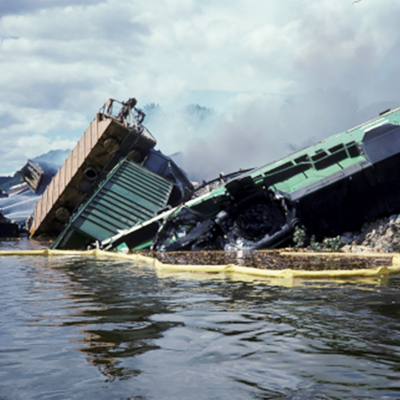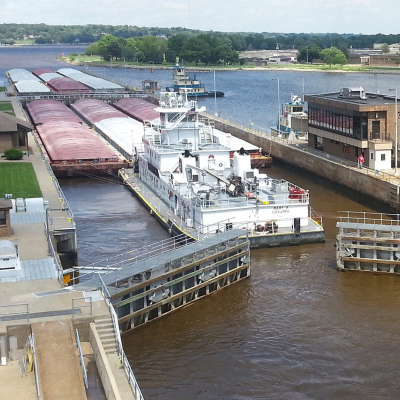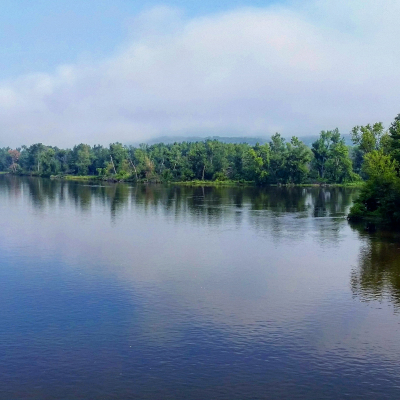State and federal agencies, along with conservation and waterways industry representatives, agree to:
- Implement water level management to improve ecological function and integrity as a routine function in long term (about 25-50 years) planning documents and USACE pool operating manuals.
- Establish a “water level management team” in the USACE Rock Island District, analogous to the St. Paul District’s Water Level Management Task Force and the St. Louis District’s Environmental Pool Management Team, to improve coordination of water level management planning, implementation, and analysis across Districts. All three District-based teams should interact to share information and use the adaptive management framework across the system. The water level management teams could also develop an initial list of prioritized pools for implementing water level management.
- Continue with decision analysis prior to operationalization of water level management. The water level management teams would benefit from facilitation by a trained decision analyst to further establish stated ecological goals for water level management, define specific and quantifiable targets and within-pool ecological conditions necessary to set water level management in motion, address definitions, system models, concerns, risk tolerance, and expected value of information for candidate measures within an adaptive management and monitoring framework.
- Develop and implement an adaptive management and monitoring framework for ongoing learning and achieving stated ecological objectives with a trained decision analyst. Next steps include but are not limited to:
- Develop system models and specific, quantifiable performance measures to assess pool conditions that help determine when and where to conduct water level management and allow for assessment of the effects of water level management implementation when it occurs.
- Conduct an expected value of information analysis on each measure prior to implementation.
- Develop effectiveness monitoring in an adaptive management and monitoring framework with analyses led by UMESC.
- Characterize the ecological condition of each pool (poor versus good) as an aid in selecting and prioritizing pools within Districts for water level management.
- Following additional decision analysis and development of evaluation protocols as recommended in 3 and 4, conduct water level management in one pool in “good” condition and one pool each in “poor” condition in each District following the agreed upon process.
- After recommendations 1–6 are achieved, use the lessons learned to determine whether water level management achieved the ecological objectives or future desired conditions, and create an operation plan and schedule for water level management implementation.




